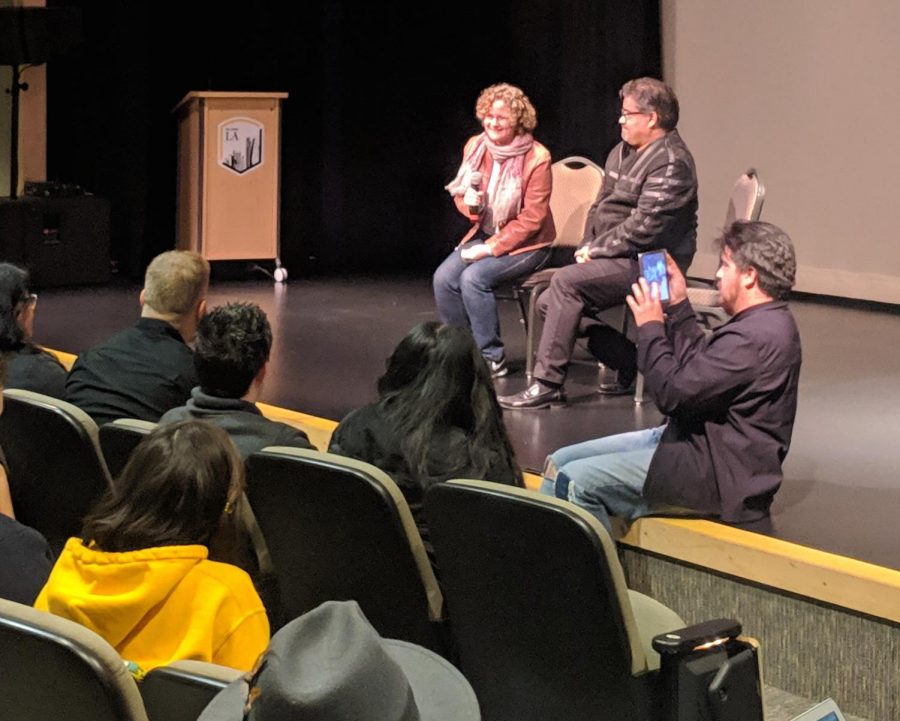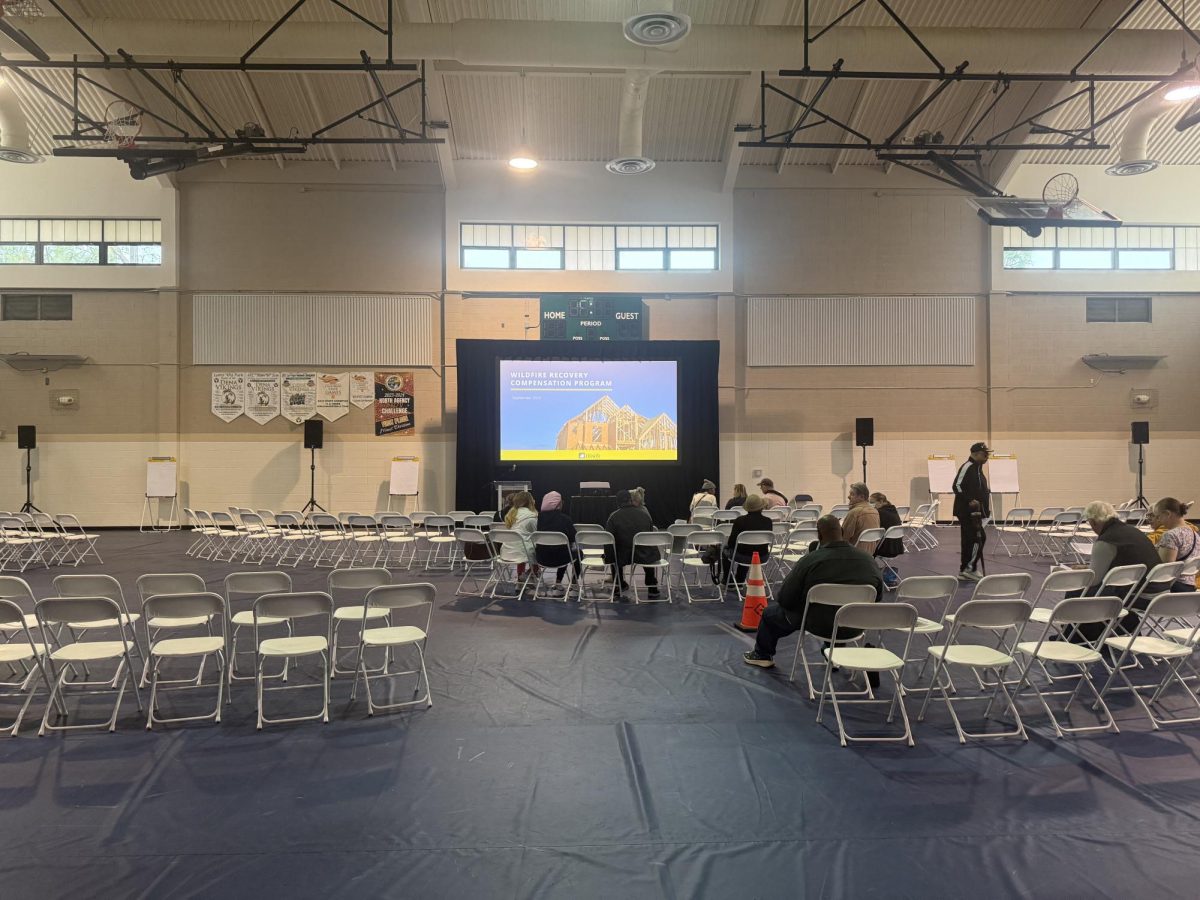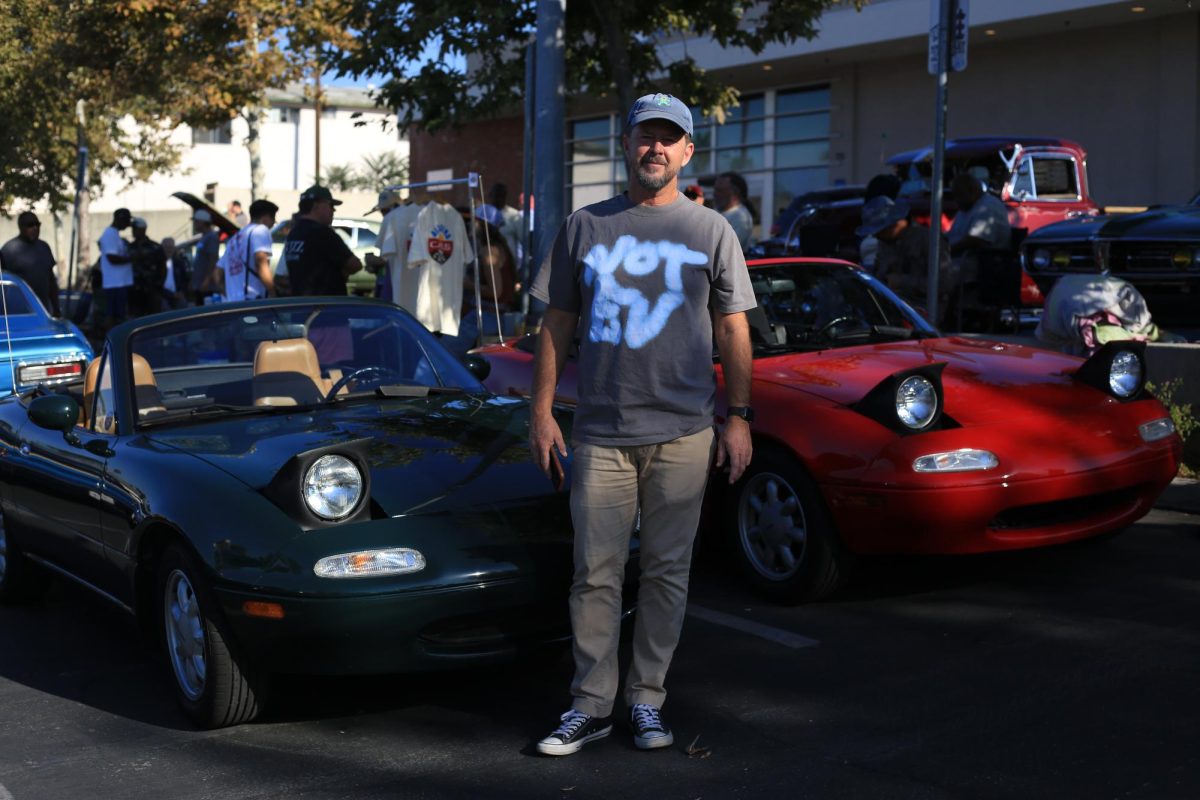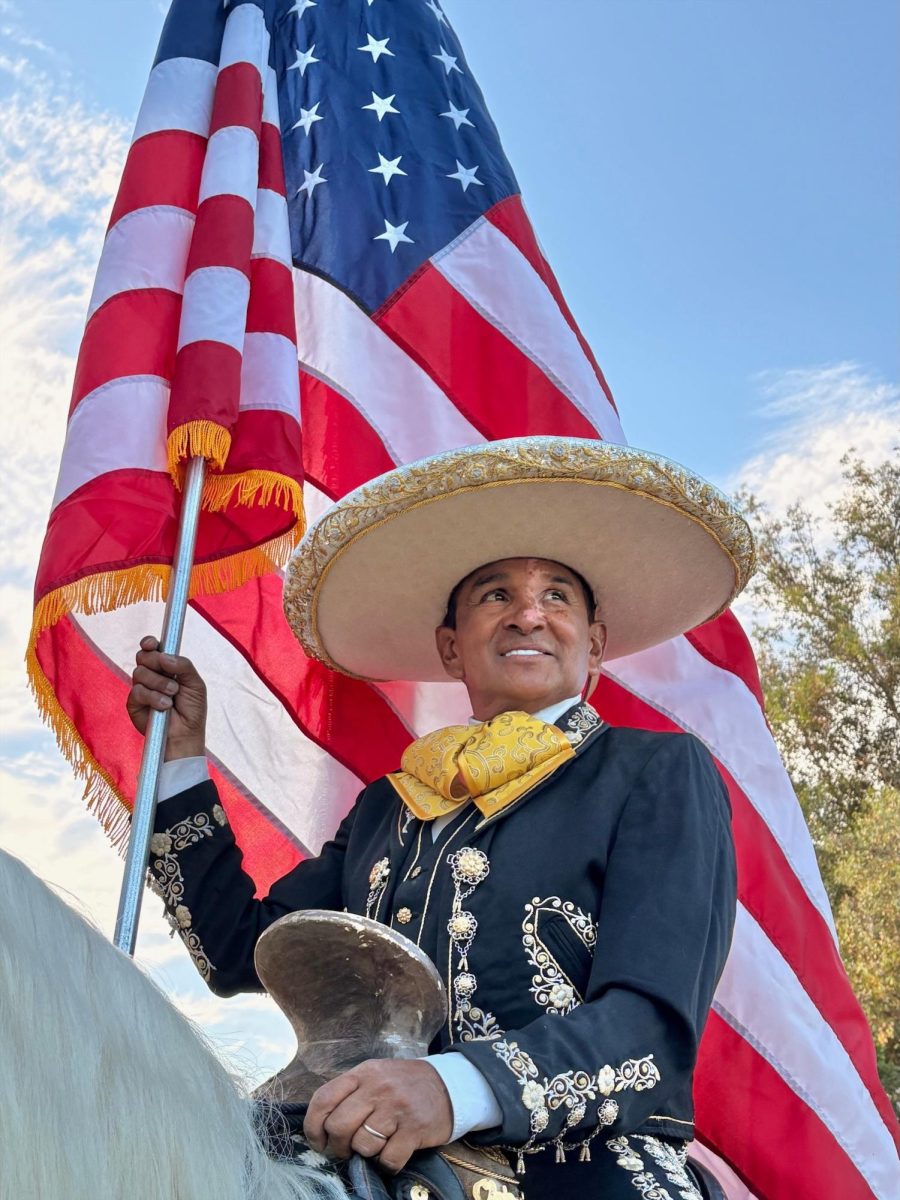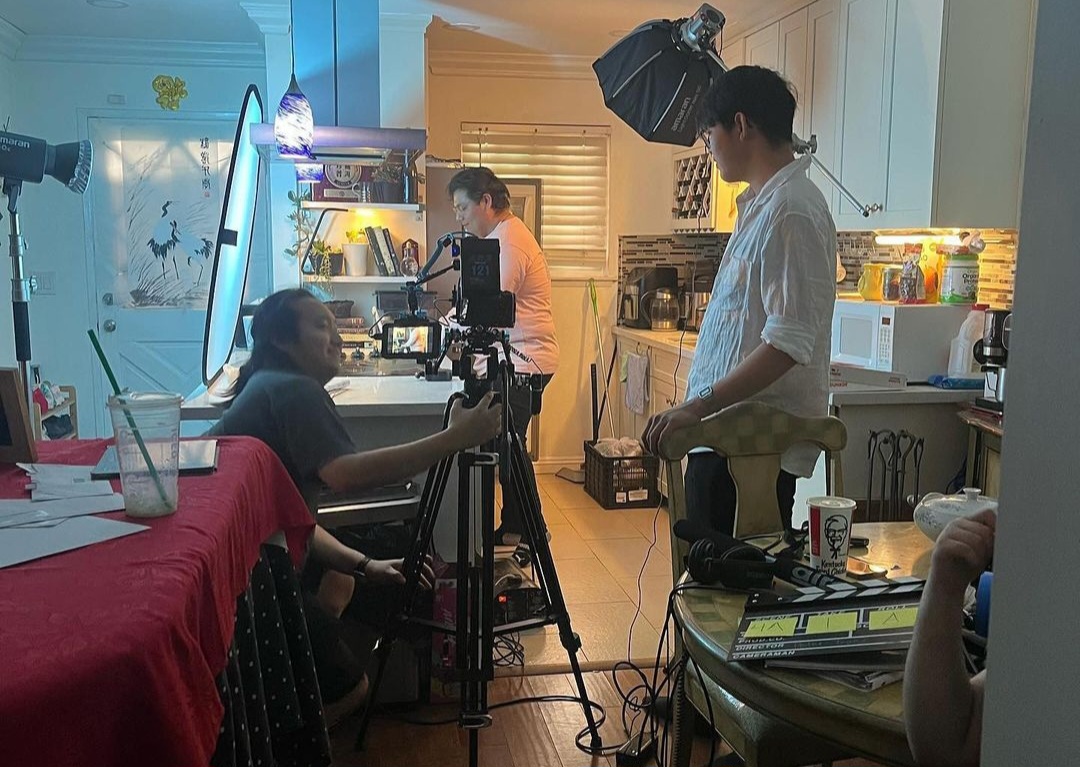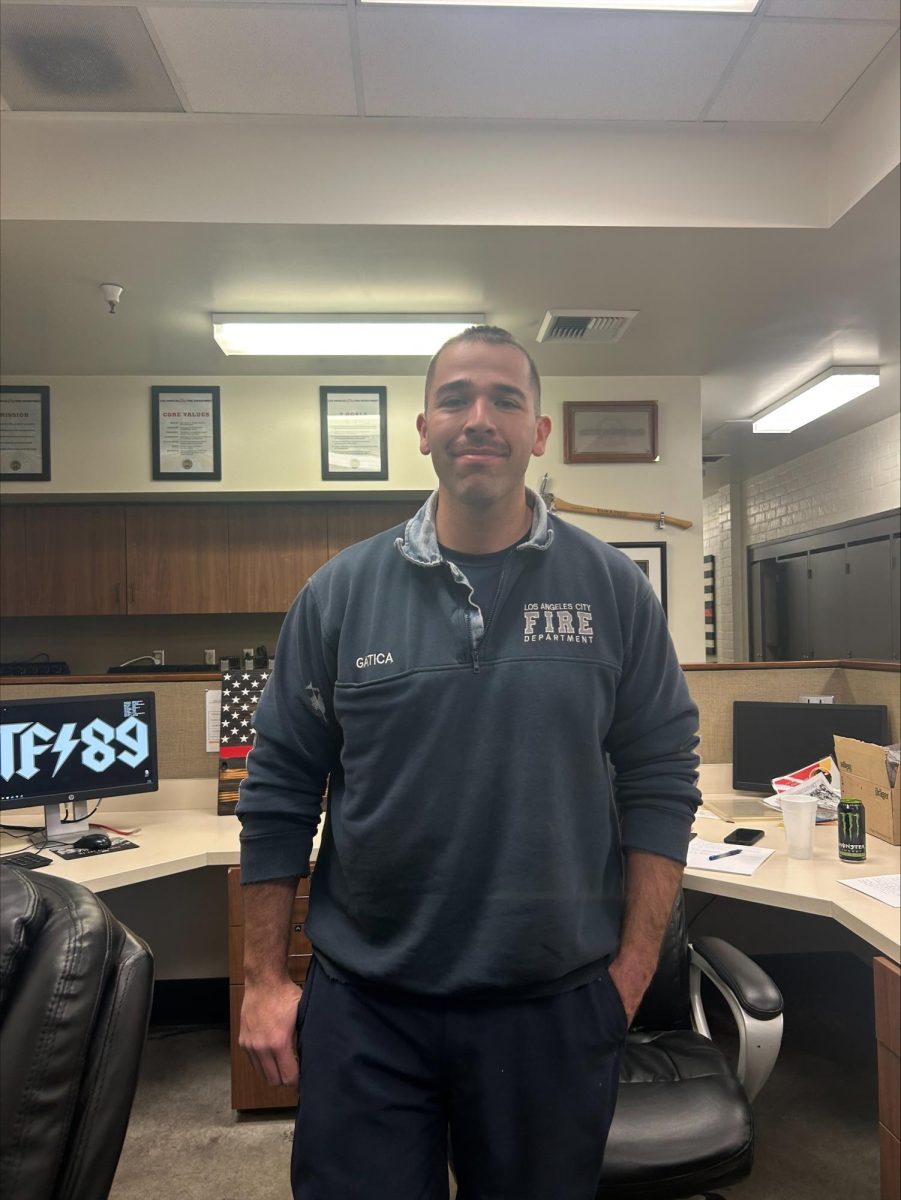Just as Boyle Heights residents in recent decades have fought new businesses and developers moving onto their turf, they once battled new freeways being built right through the neighborhood.
Filmmaker Betsy Kalin captured the essence of this working class, largely Latino neighborhood, as well as some of its struggles, in a documentary, “East LA Interchange,” which was screened at Cal State LA recently to an audience of dozens of students, community residents and others.
Serving as a close examination of Boyle Heights’ past, present and future, “East LA Interchange” takes a deep dive into the city’s past victories post-World War II; present-day issues such as immigration policies and access to better education; and future challenges such as gentrification – all told through the voice of residents who have grown up there.
It is this power of a unified community – which was formed in the late 19th century – that Kalin says drew her to finding the “real L.A.” and inspired her to make a documentary on the area.
“We wanted to show that this community has a long and interesting and very unique history,” Kalin said. “It was really one of the most multicultural communities in the United States for years, and part of this was that it was also an activist community, and you can see that activism today.
Fernando Flores, a Boyle Heights resident, said the film captures some important issues in his neighborhood.
“Walking around, you do see a lot of mom-and-pop shops that are there, but because of that, you do see a lot of backlash in terms of gentrification,” said Flores, a Cal State LA student. “Just like the movie said, there is so much history there and you don’t want that to go away. The people don’t want that to go away.”
Boyle Heights residents are no strangers to voicing their opinions on a myriad of issues in the area, and the film takes a look at one such issue: when residents challenged the planned freeway integration system because it posed a threat to the neighborhood.
The title of the film refers to the six freeway paths – including the I-5, I-10, SR 60 east, US 101 north – going into the area. To the country, freeways were a symbol of the Los Angeles area, but to some in the neighborhood, they were a symbol of unwanted changes headed their way.
“Boyle Heights residents would eventually be traversed with six freeways resulting in the displacement of over 10,000 Eastside inhabitants,” according to a 2017 KCET article.
During a question-and-answer session, some noted how much they appreciated how the film also celebrated the neighborhood’s accomplishments and culture.
“A lot of times, unfortunately, the media focuses on all the negativity,” said Roberto Oregel, an independent filmmaker and Professor at Cal State LA. “It’s wonderful that we can see another side to this beautiful community.”
Frederick Smith, director for Cal State LA’s Cross Cultural Centers, said the Cal State LA community “needs to know and value” the history of surrounding neighborhoods.
“Films like East LA Interchange help us to see how people of different identities built neighborhoods that truly define community, compassion, and consciousness,” he said. “At the same time, we see
how institutional practices like real estate redlining, freeway construction, and gentrification affected – and still affect – Boyle Heights and East LA historically and now in the present.”
Community News reporters are enrolled in JOUR 3910 – University Times. They produce stories about under-covered neighborhoods and small cities on the Eastside and South Los Angeles. Please email feedback, corrections and story tips to [email protected].

